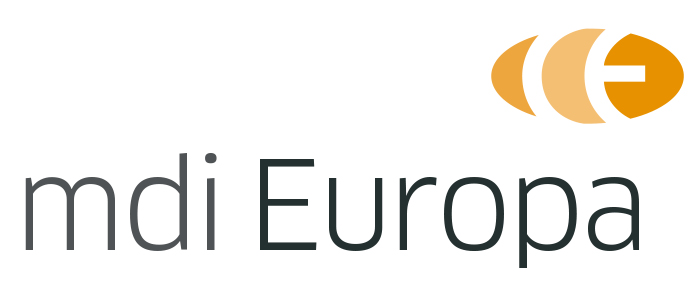Certain types of devices must also fulfill the requirements laid out in the Directives for environmental aspects. More specific details can be found in the sections WEEE and RoHS below.
WEEE – Waste Electrical and Electronic Equipment Directive No. 2012/19/EU
The Waste Electrical and Electronic Equipment (WEEE) Directive 2012/19/EU imposes several obligations on producers of electric and electronic equipment, including electrical and electronic medical devices. The WEEE Directive has been designed to reduce the amount of electric and electronic waste and to ensure the environmentally sound take-back and recycling of these products.
Main requirements for manufacturers under WEEE
The manufacturer needs to:
1. Register with the national authorities;
2. Report to the authorities the number of products put on the market;
3. Arrange for take-back and recycling of the WEEE;
4. Label the product with the ‘crossed out wheeled bin’ logo;
5. Design the products in such a way that recycling is assured and made easy. The design has to be ‘recycling sound’.
mdi Europa has identified a service partner in order to support our clients with the first three of the above requirements. The fourth and fifth need to be taken care of by the manufacturer.
WEEE Compliance Process
- Appoint your European Authorized Representative
→ Ask for our quotation! - Identify all EU Directives/Regulations applicable to your product (such as LVD, EMC etc.)
→ We will assist! - Assure that your product falls under the scope of WEEE
→ We will guide you through! - Define measures for separate collection of WEEE
→ We will guide you through! - Identify the applicable recovery rate for your product and define measures to comply
→ We will assist! - Prepare necessary documentation as defined by WEEE Directive
→ We will guide you through!
mdi Europa supports manufacturers of electrical and electronic medical devices to comply with the duties and responsibilities defined by WEEE.
RoHS – Restriction of Hazardous Substances Directive No. 2011/65/EU
The Restriction of Hazardous Substances (RoHS) Directive 2011/65/EU was initially adopted in February 2003 by the European Union. The RoHS Directive took effect on 1 July 2006 and was refined, and is required to be enforced and become law in each member state.
This Directive restricts the use of six hazardous materials (i.e. lead, mercury, cadmium, hexavalent chromium and certain BFRs) in the manufacture of various types of electronic and electrical equipment. It is closely linked with the Waste Electrical and Electronic Equipment (WEEE) Directive 2012/19/EU which sets collection, recycling and recovery targets for electrical goods and is part of a legislative initiative to solve the problem of huge amounts of toxic e-waste.
Source: wikipedia.org
RoHS Compliance Process
- Appoint your European Authorized Representative
→ Ask for our quotation! - Identify all EU Directives/Regulations applicable to your product (such as LVD, EMC etc.)
→ We will assist! - Assure that your product falls under the scope of WEEE
→ We will guide you through! - Define measures for separate collection of WEEE
→ We will guide you through! - Identify the applicable recovery rate for your product and define measures to comply
→ We will assist! - Prepare necessary documentation as defined by WEEE Directive
→ We will guide you through!
Contact mdi Europa to find out about the current status at European Commission level.





